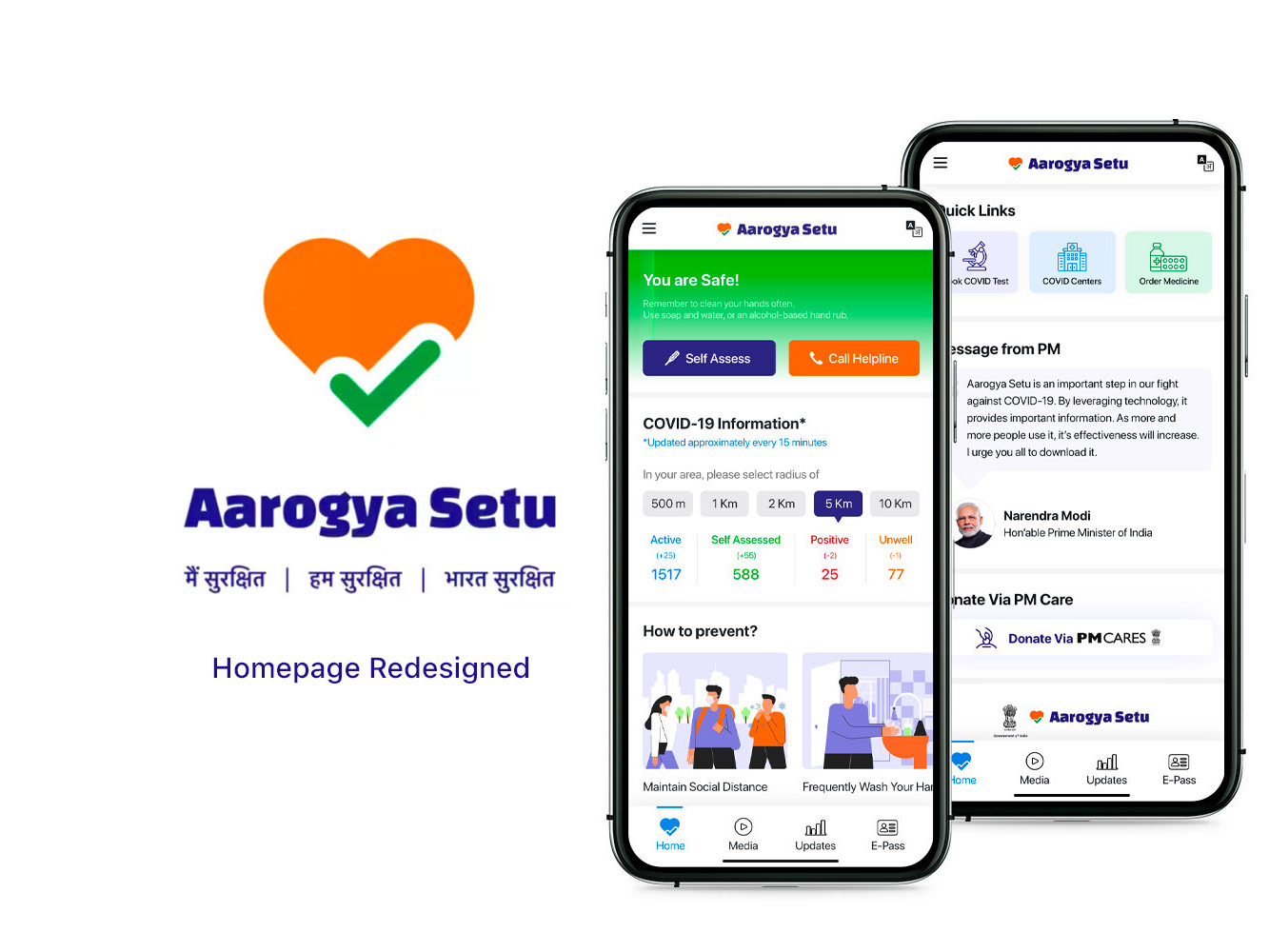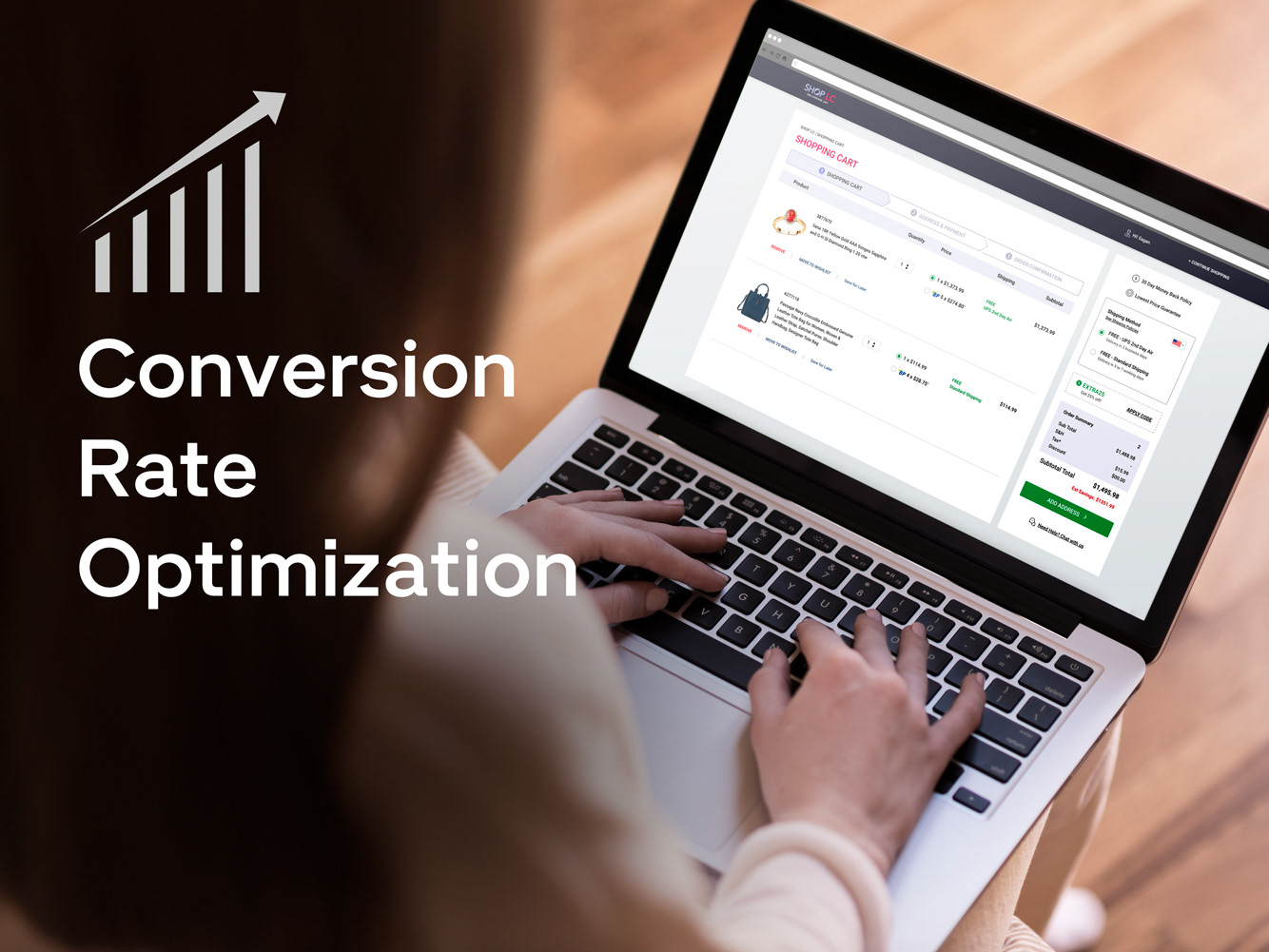About the Project
We have developed a fitness app as part of a Request for Proposal (RFP) for a client seeking to build an internal app for its employees to promote fitness and well-being while working remotely. The app aims to provide a comprehensive solution to help employees stay fit and healthy while working from home.
Problem
The COVID-19 pandemic has transformed nearly every aspect of the world. Living through the global pandemic has driven a dramatic shift in our jobs, eating habits, and even our collective sense of time. The good thing that happened is people become more conscious about their health & fitness than ever before.
With working from home and regular lockdowns, people started feeling stressed and mental illness which is a major concern given the commonality which can lead to serious health issues in the long run. Even though there are so many attempts to motivate employees to fitness but there is a limited effect has been found. Therefore I decided to find the problem space and fill the empty gap.
With working from home and regular lockdowns, people started feeling stressed and mental illness which is a major concern given the commonality which can lead to serious health issues in the long run. Even though there are so many attempts to motivate employees to fitness but there is a limited effect has been found. Therefore I decided to find the problem space and fill the empty gap.
Process
We followed the five-stage design thinking model defined by the Hasso-Plattner Institute of Design at Stanford (d.school)
Empathize
To precisely understand user problems we prepared an online survey with a list of questions to see if there was a pattern in user habits and sent it out within my department at an office of 53 people.
The following is a summary of responses from 35 participants.
User Personas
Personas are representations of our users, who represent the goals, behaviors, and motivations of real users. Based on survey information designed the persona and used this information as my point of reference throughout the design process.
Empathy Map
Empathy map to articulate all the learnings of user behavior to the stakeholders, marketing, and business team.
Defining Problem Statement
1. Point of view-problem statement
This allowed me to create a POV Madlib, which is basically inserting our POV information into a template: __________needs__________because__________
This allowed me to create a POV Madlib, which is basically inserting our POV information into a template: __________needs__________because__________
1. A working professional needs to balance his work and personal life to find the time to exercise during their workday because he wants to keep his personal well-being in check.
2. A young professional needs to work on his health & fitness because of his disturbed daily routine and to stay fit & healthy.
2. A young professional needs to work on his health & fitness because of his disturbed daily routine and to stay fit & healthy.
2. How might we
Once we defined the design challenge in a Point Of View (POV) statement, now we can start to use “How Might We” (HMW) questions to reframe the POV and open up the design challenge to look for solutions.
1. How might we offer a gym workout experience to our users through the mobile app?
2. How might we help our users to exercise daily?
3. How might we help them to keep tracking health & fitness?
4. How might we help them to do proper exercise through the app?
Once we defined the design challenge in a Point Of View (POV) statement, now we can start to use “How Might We” (HMW) questions to reframe the POV and open up the design challenge to look for solutions.
1. How might we offer a gym workout experience to our users through the mobile app?
2. How might we help our users to exercise daily?
3. How might we help them to keep tracking health & fitness?
4. How might we help them to do proper exercise through the app?
Ideation
Ideation is often the most exciting stage in design thinking because it requires producing a large quantity of ideas in a critique-free environment.
In the ideation stage, I used the analogies method to find the answers.
- Daily workout reward points to urge them to do workouts daily, the same as a daily bonus in mobile games.
In the ideation stage, I used the analogies method to find the answers.
- Daily workout reward points to urge them to do workouts daily, the same as a daily bonus in mobile games.
- Set a reminder to schedule their workout according to their routine.
User Flow
We have created the app flow and process in which the user will go through a roadmap to achieve the task successfully.
Prototype
App Name
App Name - The app name “GoFit” was an important part and easy to understand and reflect its purpose.
UI KIT
We worked on the design deliverables, Logo, Color Palette, typography, and Illustrations to use in UI design. During my research about what to include and how to present it, I learned about mood boards. Mood boards are inspirational collages of images, icons, and colors to visually communicate a general idea or feel of the design project. I used it as a reference point to improve the style and feel of the app.
App Mockups
Conclusion
After designing interactive prototypes we tested them with around 10 people in my department, we found that these animated training sessions helped users to be encouraged towards working out at home with steps to follow in their own surroundings, since they were able to workout without a physical trainer by just following the sessions at their desired time of the day, rather than skipping the gym due to some reasons.
Thank you!




